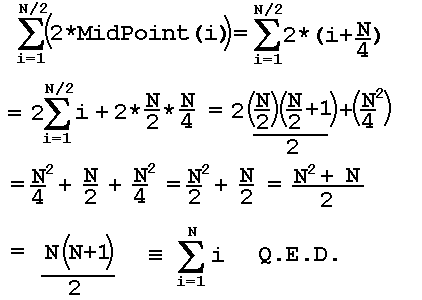Dave Thomas is in a bit of a tizzy over my humble offering: Tautologies and Theatrics (part 2): Dave Thomas’ Panda Food. He responds at Pandas Thumb with: Calling ID’s Bluff, Calling ID’s Bluff. I thought I’d alert the readers at UD what horrible things I’m accused of, that I might be some sort of vile scoundrel. 🙂
[Dave writes:]
Imagine my surprise, then, when I found Salvador Cordova at Uncommon Descent spewing blatant falsehoods about this work. I was shocked – shocked, I say – to catch the UD Software Engineers in a lie. And quite a lie it is – with the help of mathematicians like Carl Gauss, I’m going to lift the veil from the obfuscations of IDers, and prove it’s a Lie, much as you would prove a mathematical theorem.
….
which the brilliant Gauss found useful
Thomas then correctly identified the formula I implemented via Genetic Algorithm:

[Dave writes:]
The Software Engineering Team of Uncommon Descent has been caught lying – Q.E.D.
Where did I ever claim there wasn’t smoke and mirrors involved in the gimmickery here? Fer cryin’ out loud, my post was talking about mathematical theatrics, and I presented that program as an example of gimmickery! I even alerted the reader with these words before presenting my program, “The following [are] computational theatrics”. Sheesh!
[Dave writes:]
As an exercise in Smoke and Mirrors, Cordova’s algorithm is remarkable
Well dog gone, he actually says something nice about my work. It’s REMARKABLE! 🙂
I fully take pride in the smoke and mirrors I used, I never pretended otherwise. In contrast, Thomas refuses to admit he’s also using smoke and mirrors in his GA. He pretends somehow his steiner-solving program should persuade us that mindless undesigned forces can hit specified targets.
Well, did he have some Chimpanzee create the fitness functions in his software for him? Without intelligent design on his part, his fitness functions will fail to guide the system to the intended target. He has thus snuck the answer his GA, much the same way I snuck the answer in my GA. At least I alert the readers of where the trickery is, but Thomas would rather have his faithful congregation at Pandas Thumb believe that mindless evolution can truly work magic.
As Haeckel said:
Evolution is henceforth the magic word by which we shall solve all the riddles that surround us.
Ernst Haeckel1
Instead of “abracadabra” the Pandas say, “evolution”. Ramen.